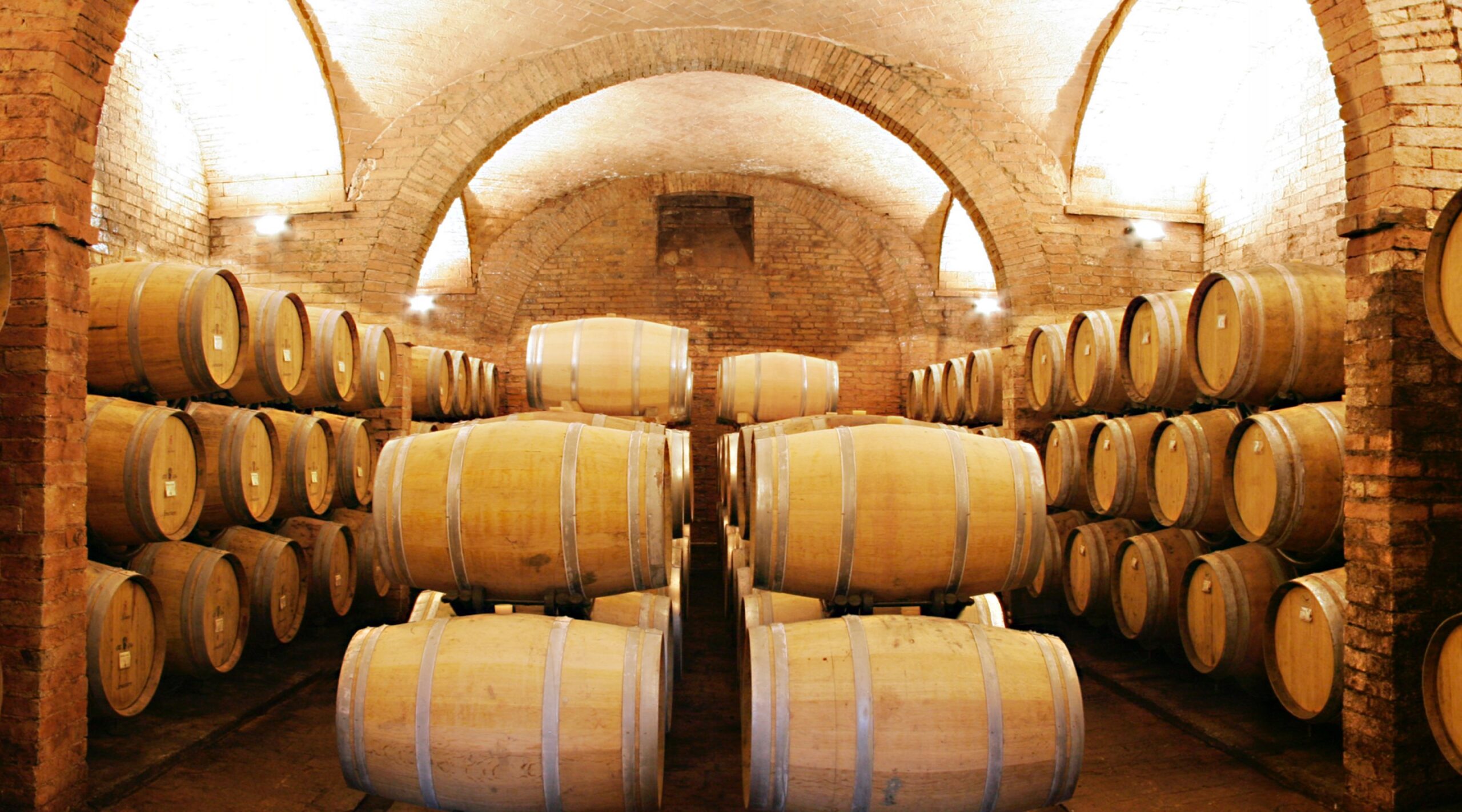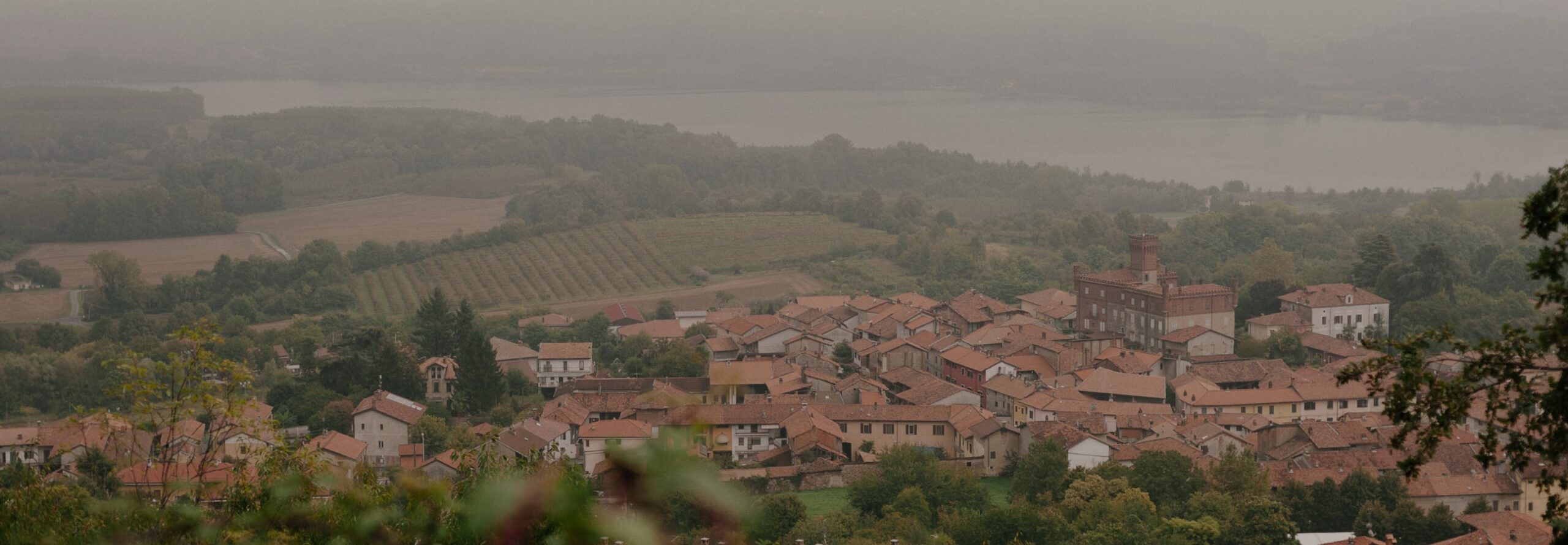This beautiful estate in the village of Abbadia di Montepulciano in the hills of southern Tuscany is owned and operated by Simona Ruggeri and her two daughters, Anna and Margharita. The activities of this azienda are predominantly devoted to the production of fruits and vegetables. Approximately 10 hectares of prime hillside land is set aside for the cultivation of the finest Tuscan grape varietals. Prior to 1989 the wine was sold off in bulk. As an experiment, the Ruggeri clan assembled their first wine for bottling and we were called in by a mutual friend to assess the result. Impressed by this initial effort, we tasted through the other wines in the cantina and we were particularly delighted by the quality of the fruit of the Chianti from the Colli Senesi. So, we counseled the Ruggeri family to purchase a set of the finest botti from Gamba in which to age the Chianti Colli Senesi and, beginning with the 1990 vintage, this wine was bottled and we commenced a long and joyous relationship with this estate.
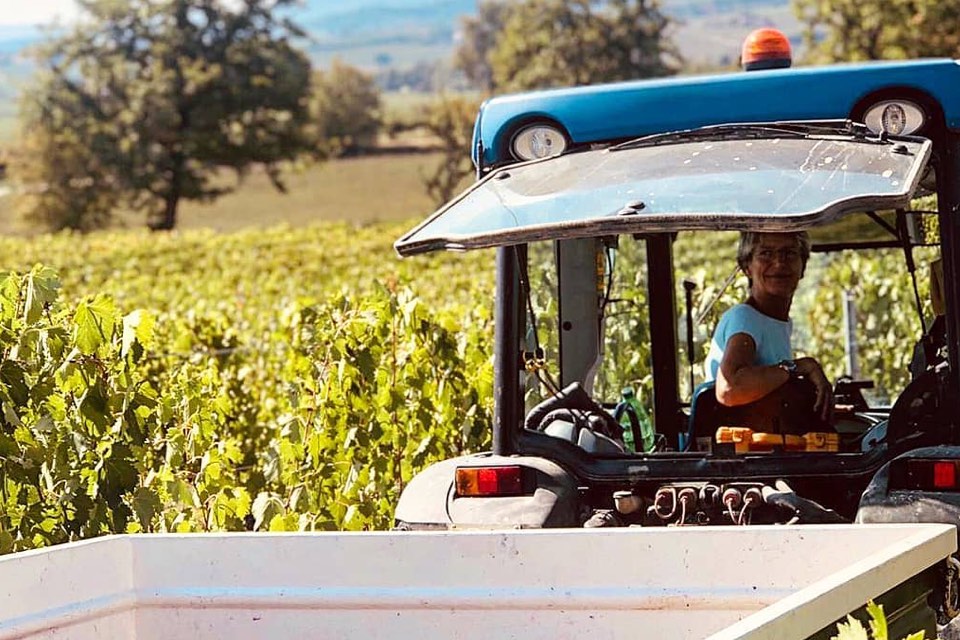
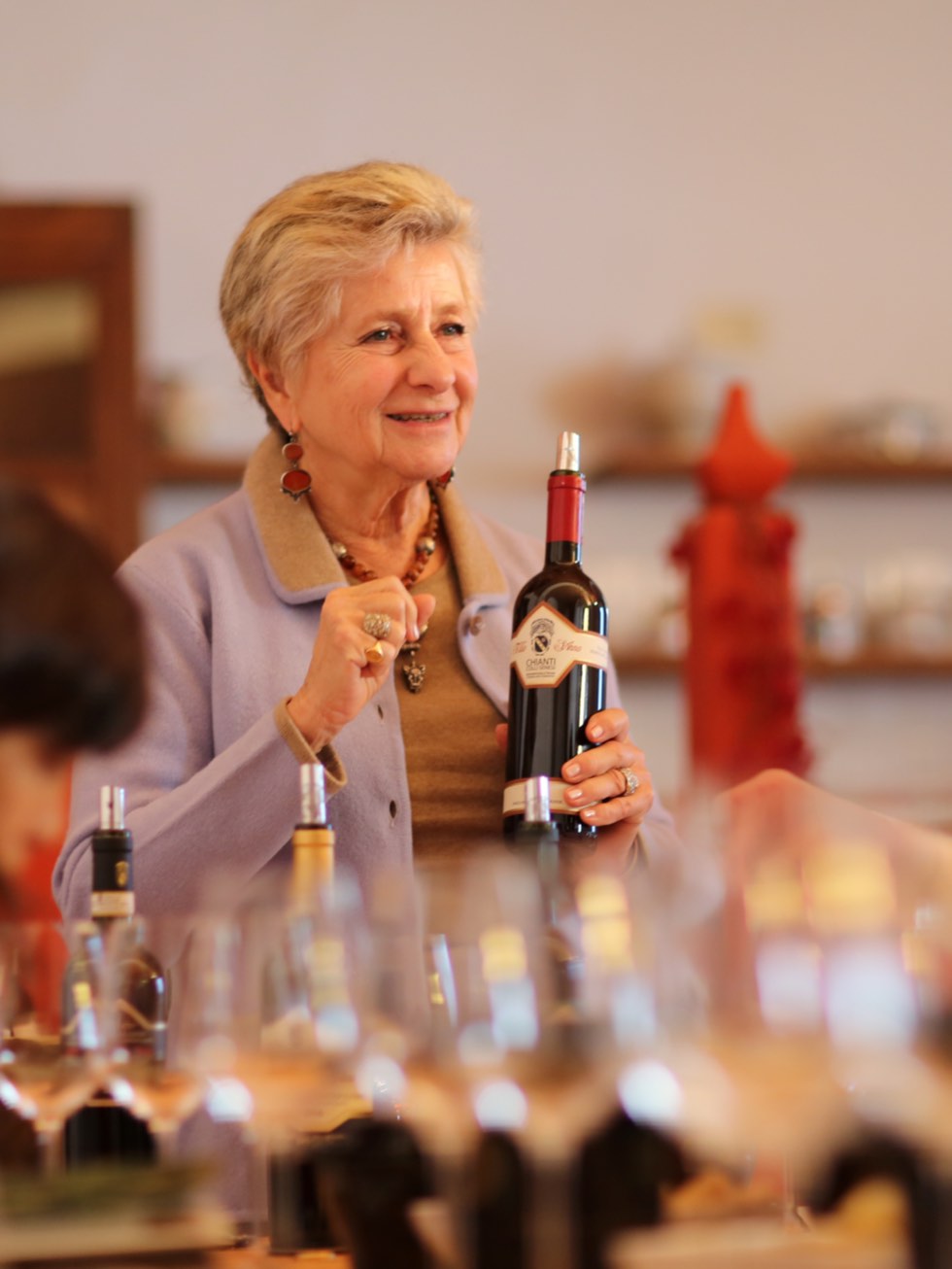
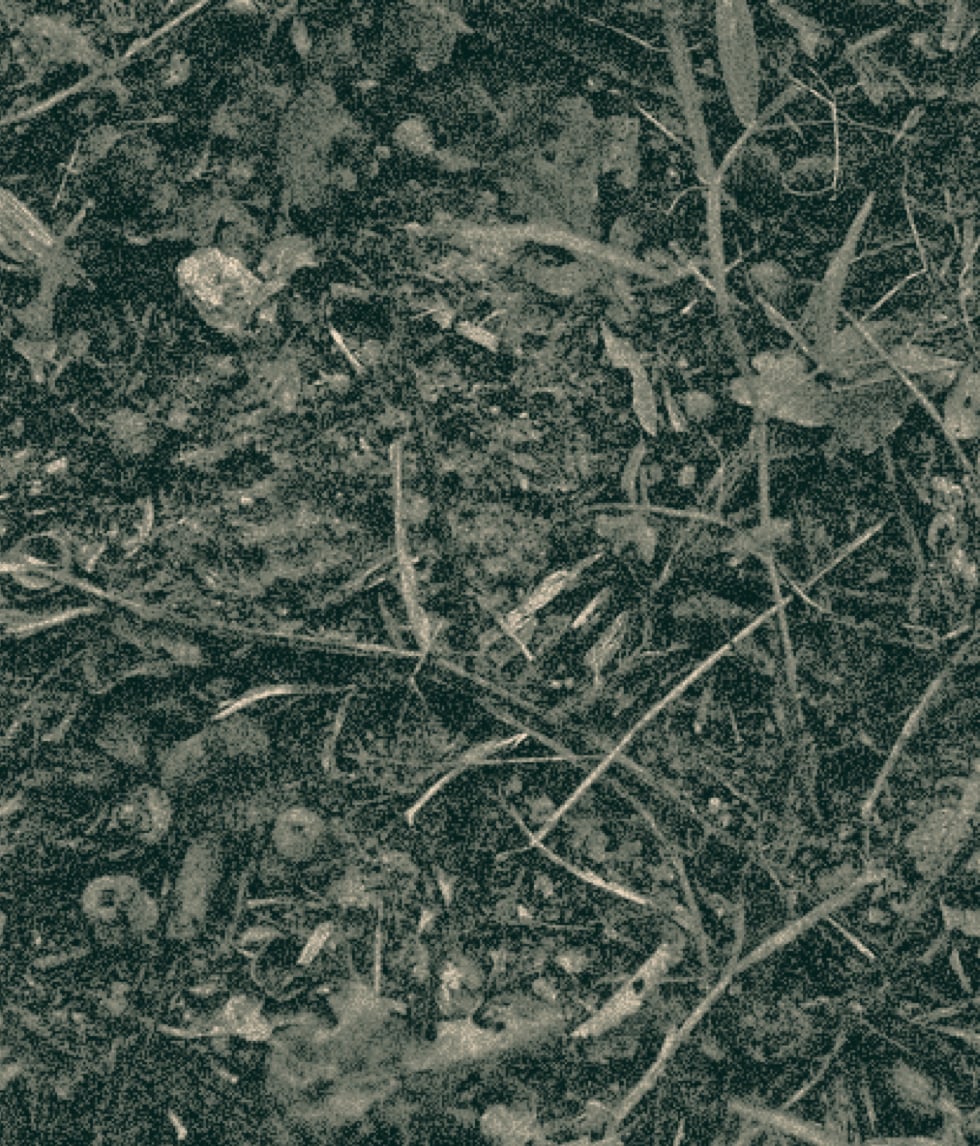
The next logical step was to purchase a prime parcel in the Vino Nobile appellation to marry with several special plots they owned that were already entitled to that appellation. 1993 was witness to the first Vino Nobile di Montepulciano bottling at Villa Sant’Anna and, shortly thereafter (as of 1999), a Rosso di Montepulciano was added to the lineup of wines issuing from this estate in the tiny village of Abbadia di Montepulciano.
The greatest and most rare wine of the estate is the Vin Santo which has always been produced by the family and bottled for their use and for the pleasure of their friends on special occasions.
All grapes are harvested manually. The vineyards are worked with the utmost care and respect for the environment by a small, loyal team who has worked for the Ruggeri-Fabroni family for many years.
Farming
Lutte Raisonnée
Treatments
Integrated pest management, synthetic treatments only when necessary
Ploughing
Annual ploughing to promote vineyard health
Soils
Albarese (Limestone-clay) and Galestro (Schistous sands)
Vines
Trained in Guyot and planted at 3,000 and 6,000 vines/ha, vines range from 3-50 years old
Yields
Controlled via pruning, debudding, and an occasion- al green harvest, yields average c. 40 hl/ha
Harvest
Entirely manual, usually in early October
Sourcing
Entirely estate fruit
Fermentation
After total destemming, wines ferment spontaneously in stainless-steel tanks. Cuvaison lasts c. 15 days. Grapes for Vin Santo dry on reed mats for 6 months and are then pressed. Vin Santo ferments spontaneously in neutral 65-l barrels with the mother of previous vintages
Extraction
Wines see rack-and-return during fermentation
Chaptalization
None
Pressing
Vertical basket press
Malolactic Fermentation
Spontaneous, directly following alcoholic fermentation in concrete vats. Vin Santo’s malolactic is blocked by wine’s naturally high acidity
Élevage
Chianti Colli Senesi spends 12 months in 30-39-hl Slavonian oak botti. Rosso di Montepulciano spends 10 months in neutral 500-l French oak tonneaux and 225-l French oak barriques. 20% of Rosso di Montepulciano ages in cement vats. Vino Nobile spends 24 months in tonneuax, barriques, and Slavonian oak botti. Vin Santo spends 8 years in neutral 65-l barrels (Caratelli) with the mother of previous vintages.
lees
Wines remain on their lees until racking following malolactic. Vin Santo remains on mother until bottling
Fining and Filtration
Unfined, Plate filtered
Sulfur
Applied at harvest and at bottling, c. 13 mg/l free sulfur, 70 mg/l total sulfur
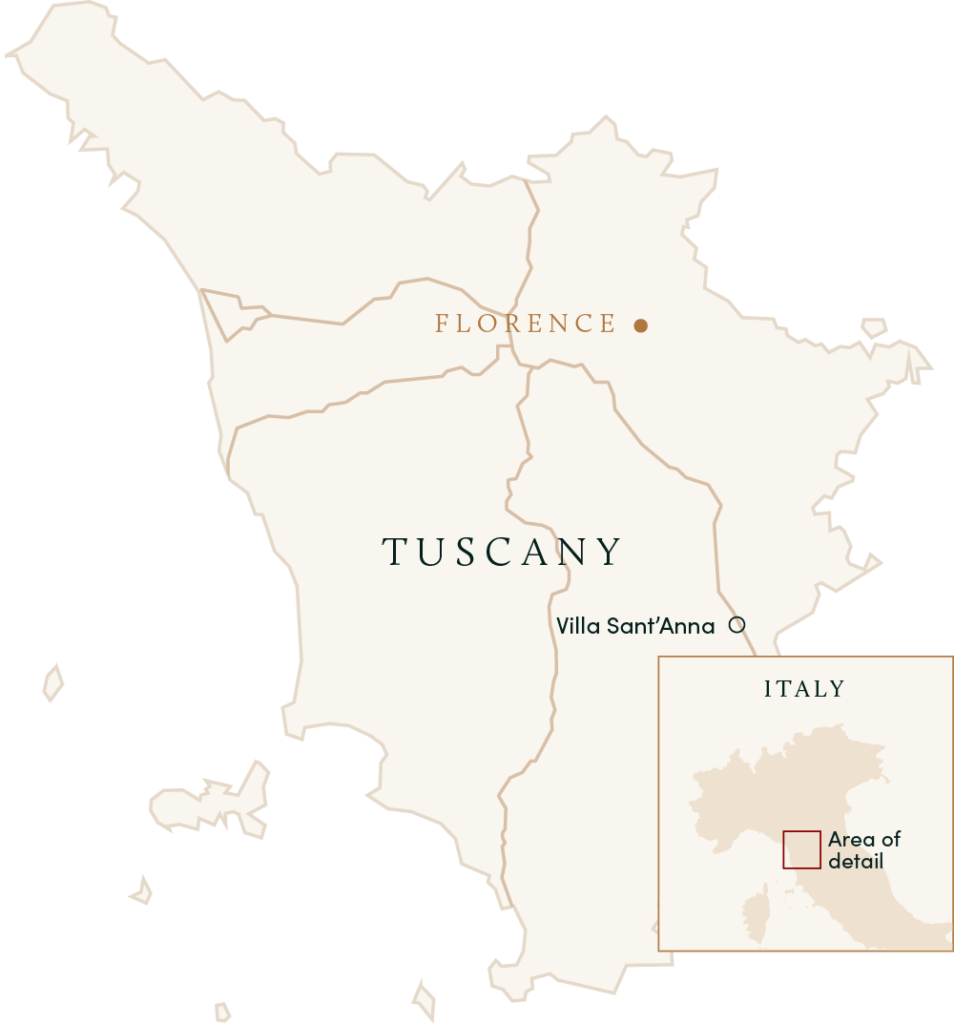
Optional caption text here lorem ipsum
